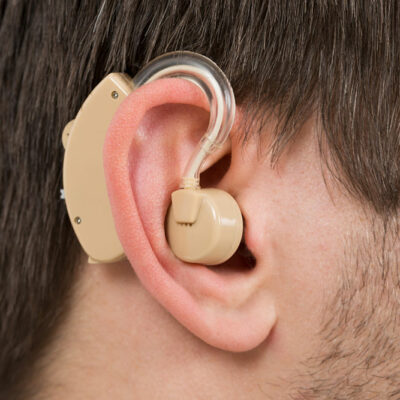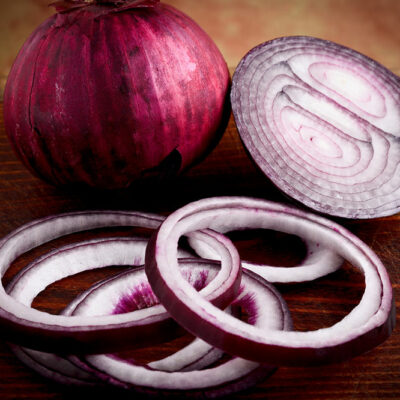
5 foods that help prevent under-eye circles
Dark circles under the eyes are quite common. It can be due to stress, allergies, dehydration, prolonged screen time, and hyperpigmentation. While there are no overnight fixes to get rid of dark circles, making certain lifestyle changes can help to manage the problem in the long term. One of these changes is adding certain foods to one’s meal plans. These foods are rich in essential vitamins and nutrients that promote healthy skin under the eyes and prevent dark circles. Tomatoes Tomatoes are rich in antioxidants and are a great source of lycopene, which gives them their red color. Lycopene is known for its ability to protect blood vessels from damage, which helps with blood circulation. Additionally, tomatoes contain quercetin, an anti-inflammatory compound that makes them effective in managing dark circles. Cucumbers Cucumbers are often used as a home remedy to reduce eye puffiness. Sliced cucumbers are placed on the eyes to help the skin relax. However, cucumbers can also be eaten for their eye health benefits. They contain a high percentage of water, which helps to deal with the dark pigmentation under the eyes. Additionally, cucumbers have a high concentration of silica that effectively improves collagen production for healthier skin.
Read Article 









